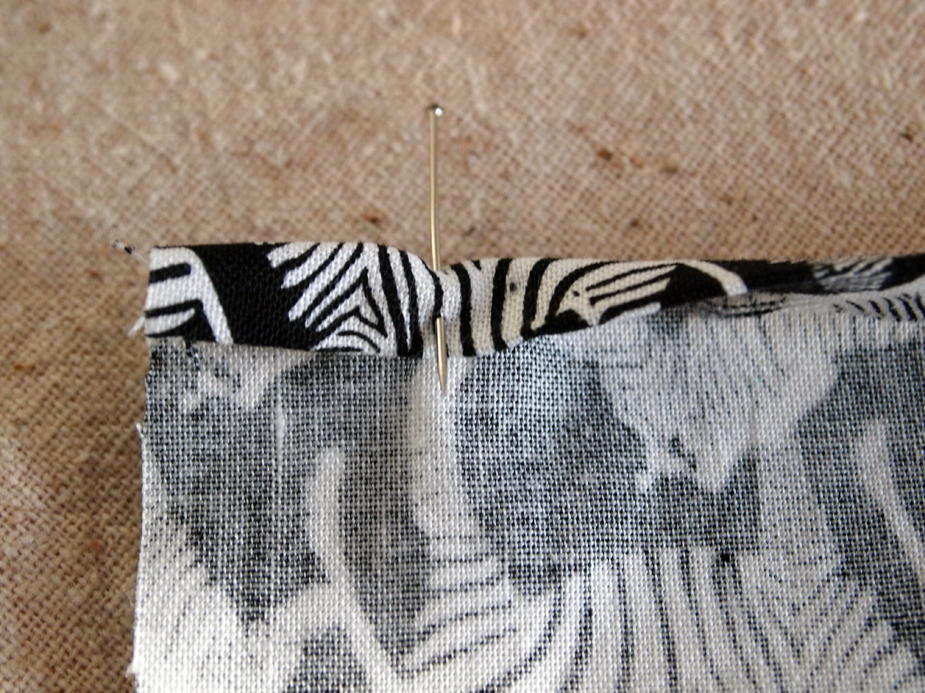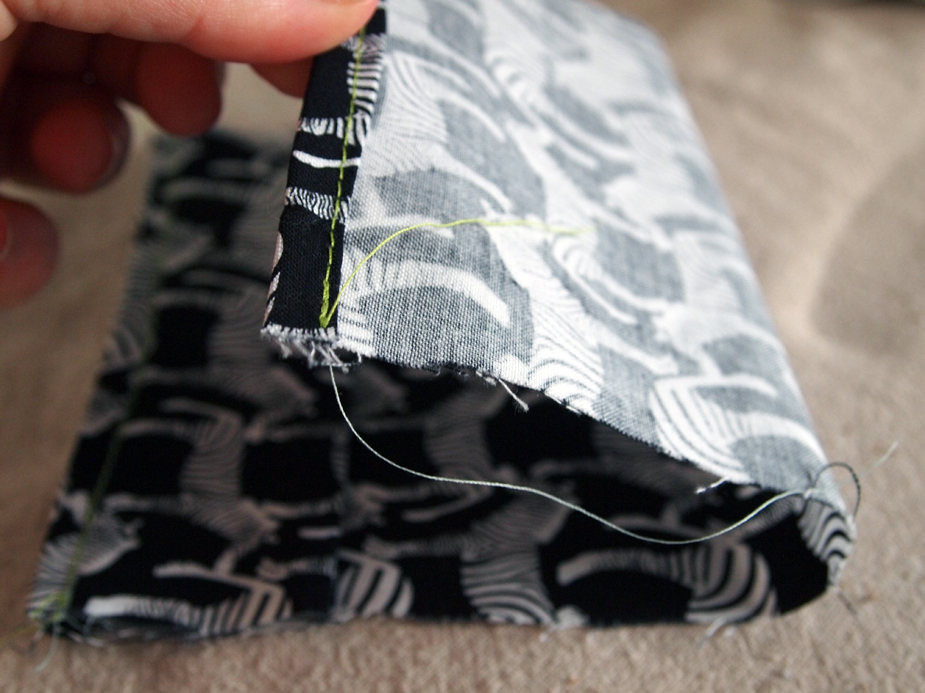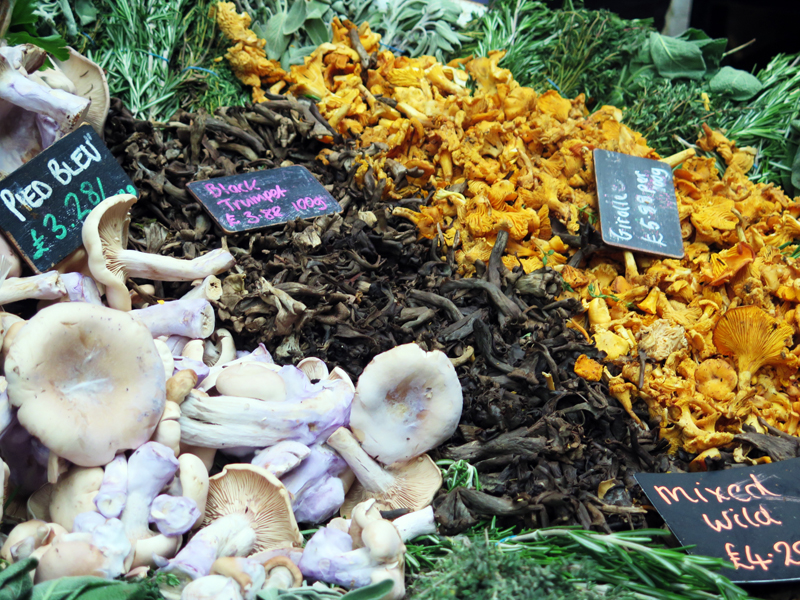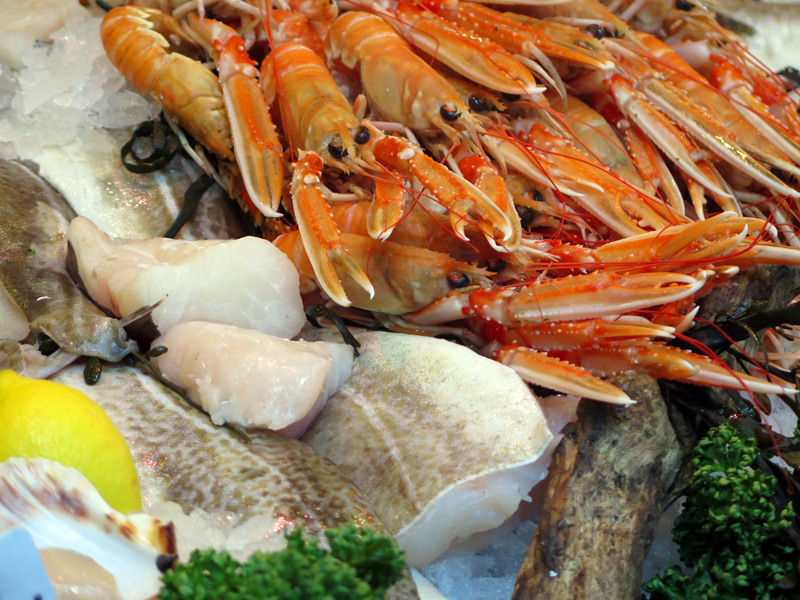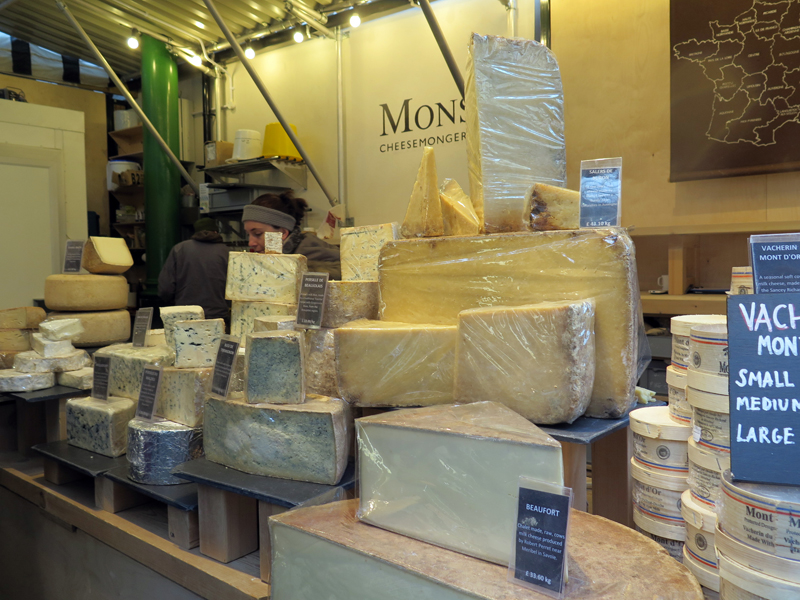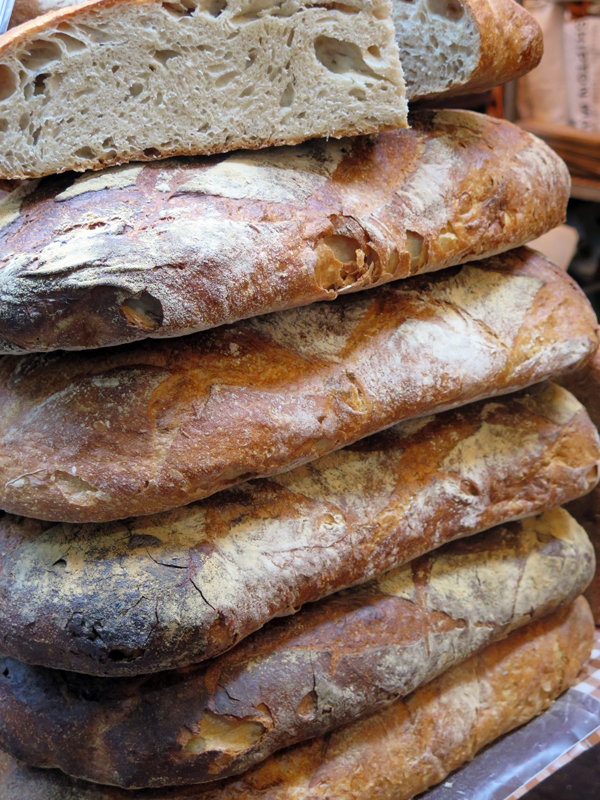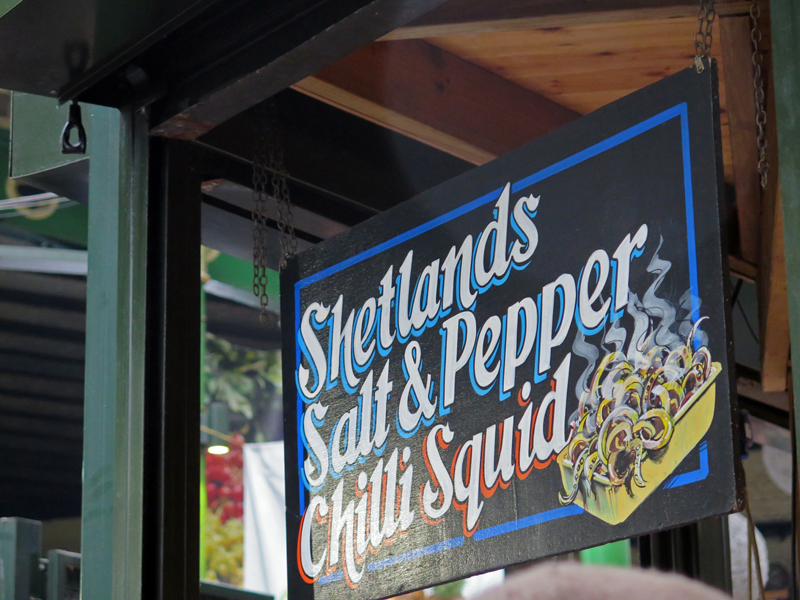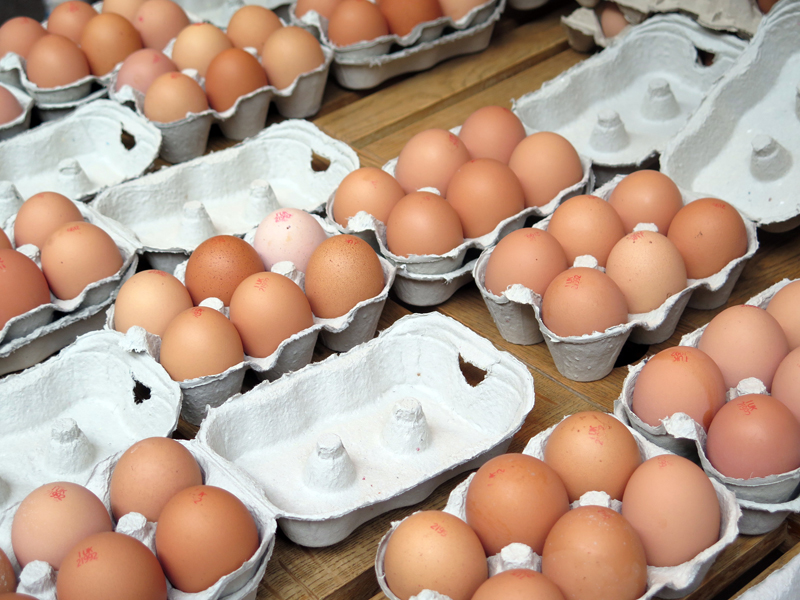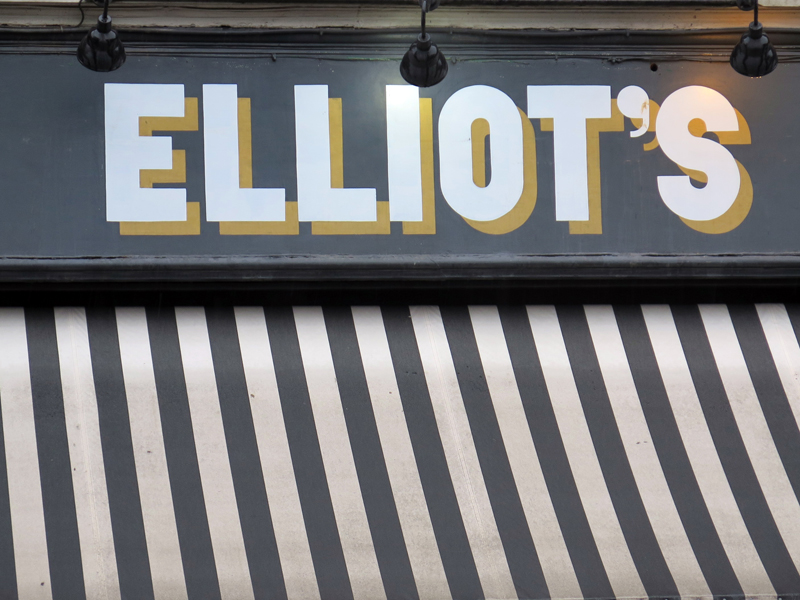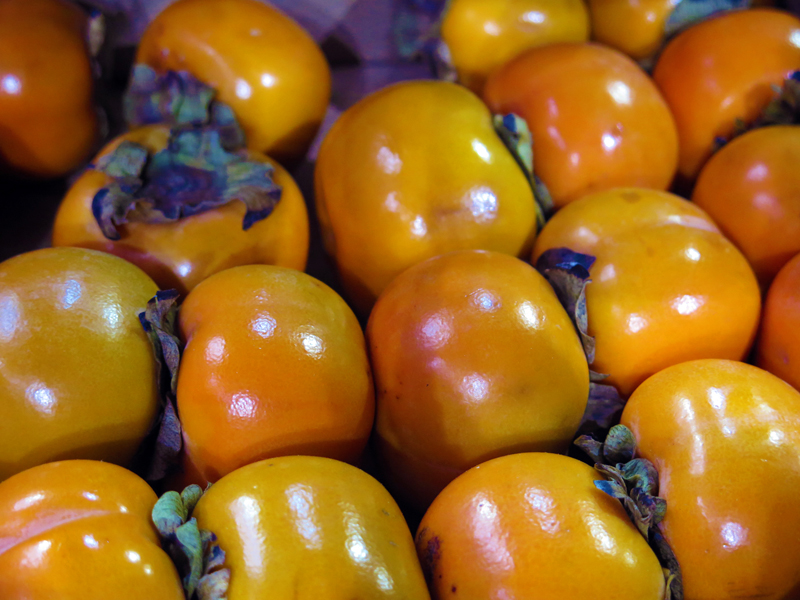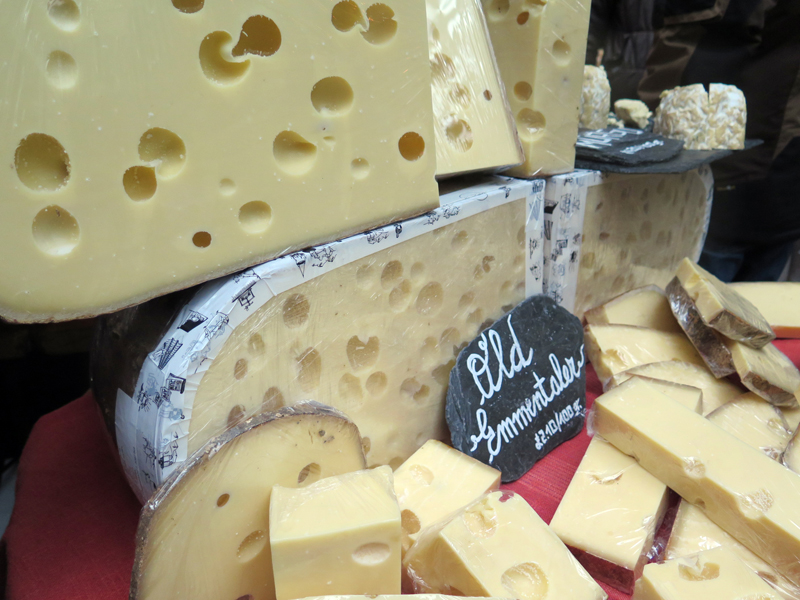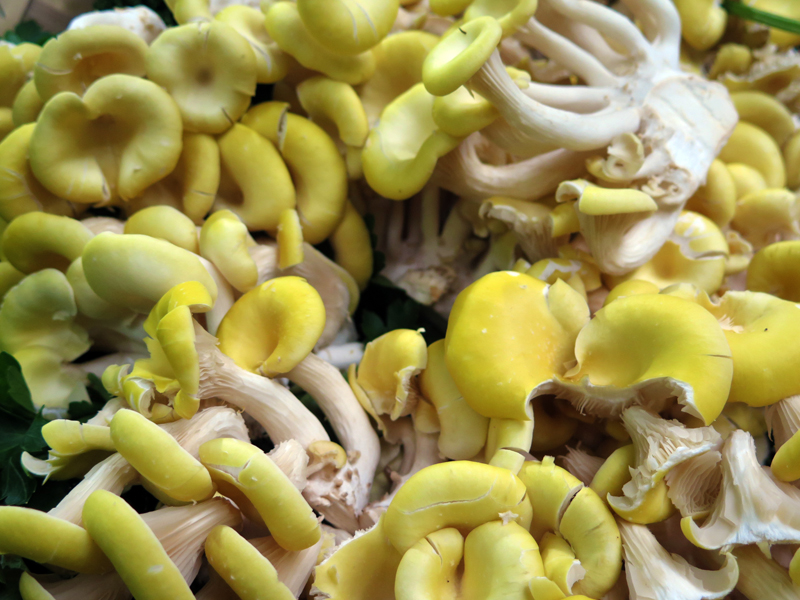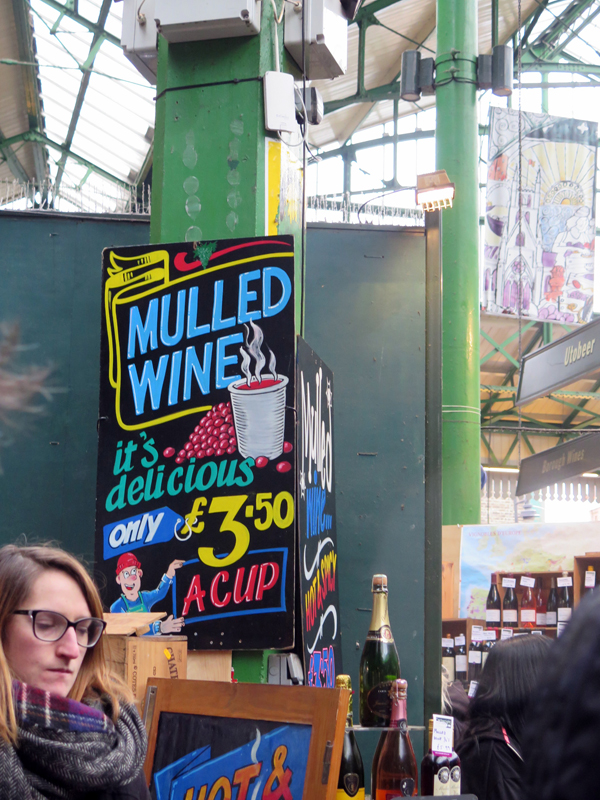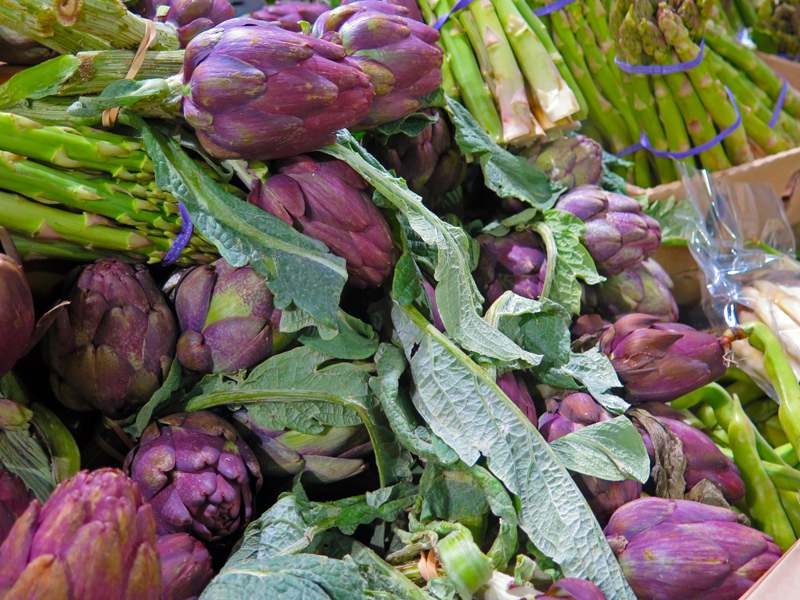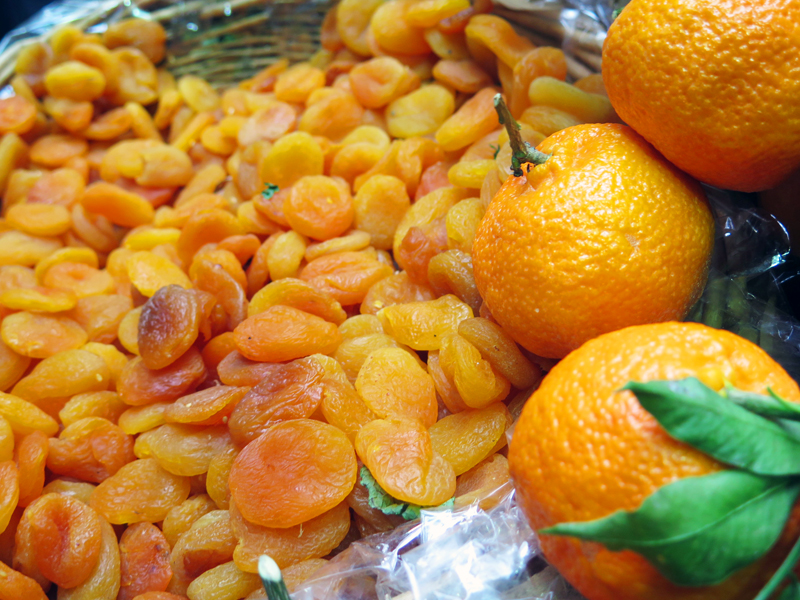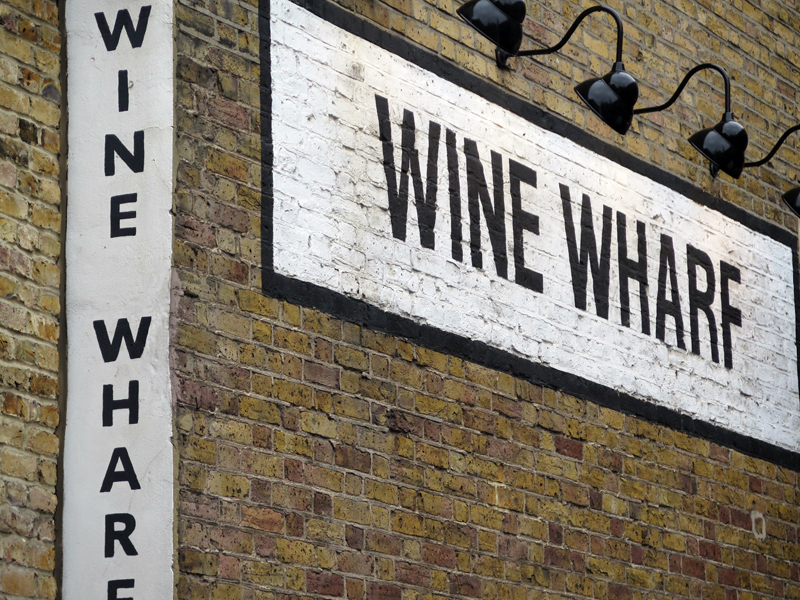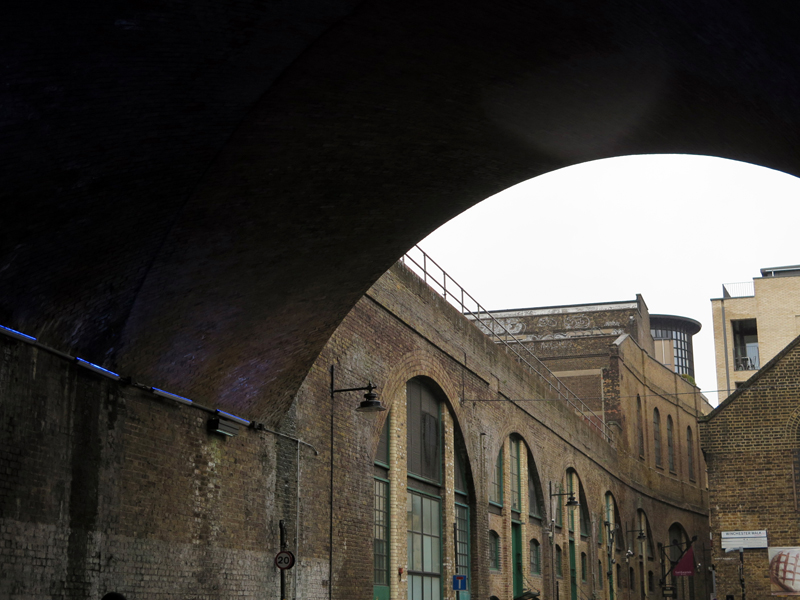Reusable Bag Spruce Up
/I don't know about you, but we have given our reusable bags quite a workout. We've had ours for about 6 years, the bags are still in great condition, but over time, a few of the little storage bags have gotten lost along the way. Without their baggies, carrying your reusable bags can get a little unwieldy. To get things back to their ordered state, I decided to make some new baggies, this time with fun patterns.
I used cotton fabric, so the new baggies can be easily washed, and patterned, so that any stains would be camouflaged. The baggies have a sewn in tab that flips down to close, and keeps everything in their place!
Supplies
Cotton fabric, pre-washed/pre-shrunk
Thread
Measuring tape
Scissors
Sewing machine
Iron
Instructions
Note: Use 1/4" seam allowance
1) Cut a piece of fabric that is 5 1/2" x 15."
2) Fold, pin and press the short edges 1/4" (both the top and bottom).
3) Fold, pin and press the short edges 1/4" again, so that the unfinished edge of the fabric will be hidden inside the fold.
4) Sew a 1/4" away from the edge.
5) Fold one of the finished edges 2" down (wrong side to wrong side), pin and press.
6) Sew across the folded piece, following along the line you stitched previously. This is creating the tab that flips down to close the top of your baggie.
7) Lay your fabric wrong side down, and fold your sewn tab back onto the main part of the bag.
8) Fold the other end up to meet the sewn edge of your tab. This action is sandwiching the tab, in between the front and back parts of the bag.
9) Pin, and press the unfinished, open edges. Sew up the sides. Trim your threads, and any excess fabric on your seam allowance.
10) Flip your bag right-side out, and get all of your reusable bags back into the rotation!




